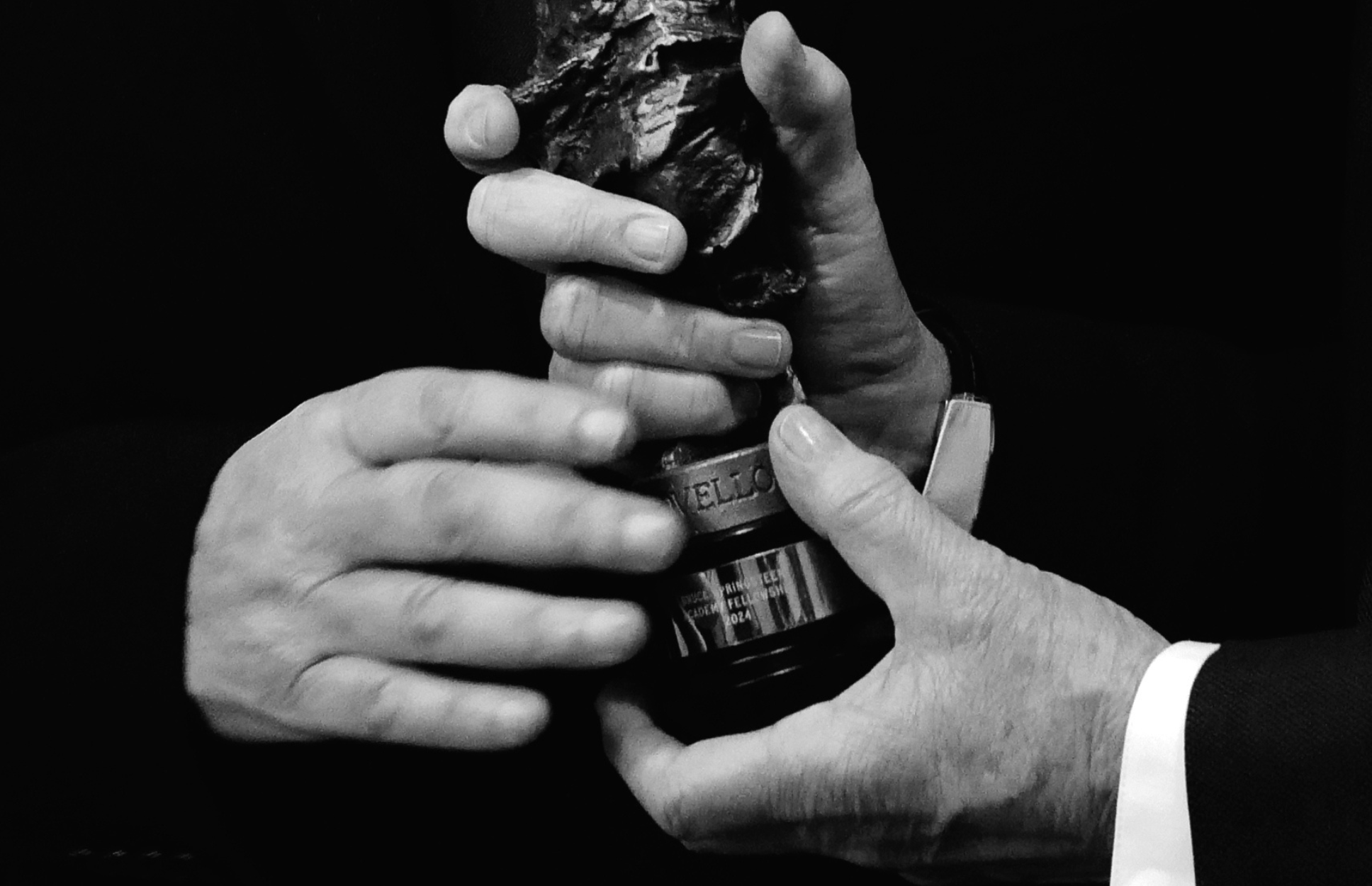Back in 1974, at the age of 31, I had become disillusioned with working for two large companies and decided to have a go with my own business. I saw a non-ferrous foundry advertised for sale in the local newspaper, and this piqued my interest, having had some involvement with the iron foundry, at my then employers.
I bought it! It was operating in the disused Co-op funeral stables behind a North London parade of shops, where it had commenced operation in 1947, as Victoria Foundry.
I was the third owner and inherited a real mish mash of jobs and a heap of what turned out to be obsolete patterns. I also discovered that it had produced the Ivor Novello Awards, so I contacted the organisers, to be told that I was not going to make them because there had been such problems the previous year. I pleaded the new boy and was granted a meeting with the mistress of The Ivors, whom I to persuaded to give me a chance, for just that year. If we did not perform, we were out. That was fifty years ago, and I should like to thank Lesley Bray for her faith in me.
That year the hand finishing of the statuettes was to be done by a local gentleman who had previously done the work. Tragically he suddenly died , and I was landed with a real problem. We had to do it ourselves, and, together with my foundry manager, Russell Lucas, we did it.
It really was a case of learning by trial and error, and a bit of panic, but we had the awards ready for collection on time.
The artist, Hazel Underwoood designed the award, first presented in 1956, and she initially supervised their production as a lost wax casting. By the time that I became involved it was being made by a foundry called Corinthian Bronze ,which took over Victoria Foundry, to become Corvic.
At that time, nearly twenty years later, it had become a sand casting, for reasons lost in time. This gives a far inferior finish and reproduction of detail, compared to the original lost wax process, and a lot more hand finishing. We were not able to do lost wax, but we did sand castings and that is the way it remained for the next thirty years.
After 1977 I was invited to the presentation at the Grosvenor, which involved a battle through the traffic on the Finchley road, with the awards in the car, and then setting them out on tables (which were not there!) It was not the beautifully organised production that it is today, but it happened. Soon my wife, Sue was invited along and acted as guardian whilst I parked the car. There was a lot of carrying of statuettes, and sore backs, before we discovered the jumbo lift, which goes from the street right down to the Great Room where the presentation is made.
We continued to cast the awards as bronze sand castings until 2005, by which time it was becoming apparent that the days of the small jobbing foundry were coming to an end. At this point I decided to close my foundry, and, simultaneously BASCA (now The Ivors Academy) , asked if we could return the award to the appearance that it had as a lost wax casting in the fifties. Yes, I said, but a cost, and I began the search for a lost wax foundry that could do the work. After a near disastrous start, and two years of problems we found Tony Buckland and Investacast in 2009. They have now made the raw castings for us for the past fifteen years, and although Tony has now retired, they continue to make the best castings in the history of The Ivors.
In order to make the change we required a good example of an early Ivor Novello Award, to use as a pattern, and we initially worked from one awarded to Tony Bennett, kindly made available by his daughter, but the result was pronounced “not good enough” by her friend, the sculptress, Hazel Underwood. Small world.
We then managed to borrow an Ivor presented to Johnny Dankworth in 1957, the second year of the awards, before the quality had begun to deteriorate. The statuettes that we make today are thus faithful replicas of those that were presented nearly sixty years ago. They are detailed and finished by me, in my workshop in Gloucestershire.
I am proud to have been responsible for the production of the Ivors for half a century, and to have steered them back to the standard envisaged by the sculptress so long ago. I thank The Ivors Academy, their predecessor BASCA and PRS for Music for the opportunity to contribute to the world of music in this way.
Entries for The Ivors Classical Awards 2024 are open until 5pm on 8th July.





